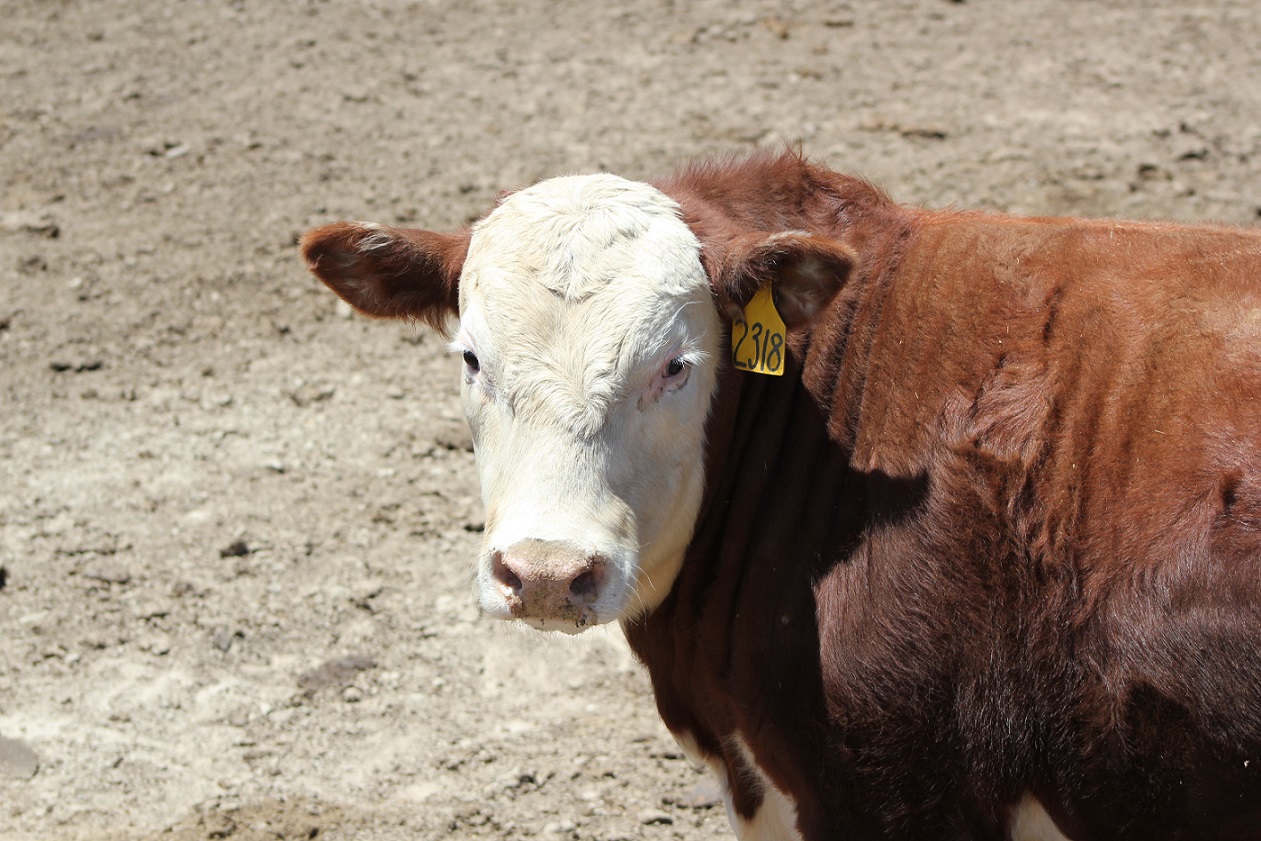
Bradley M. Boyd, Steven D. Shackelford, Kristin E. Hales, Tami M. Brown-Brandl, Meredith L. Bremer, Matthew L. Spangler, Tommy L. Wheeler, David A. King, and Galen E. Erickson
Summarized by Meredith Bremer, Beef Systems Extension Educator
Zilpaterol hydrochloride, or Zilmax, is a beta-agonist approved to be fed to finishing cattle the last 21 days of the feeding period. There is a 3 day withdrawal for this feed additive, so careful management is necessary for responsible use of this technology. Recently, some animal welfare concerns were associated with the feeding of Zilmax, so researchers wanted to determine if feeding Zilmax to finishing cattle impacted response to heat stress, mobility, and body temperature, performance, or carcass characteristics when fed in the open or in shaded pens.
Respiration rates or the number of breaths per minute and panting scores were recorded for all cattle throughout the feeding period. Mobility scores were also recorded before any of the animals were fed Zilmax, after the Zilmax feeding period was concluded, when the steers were unloaded off the truck at the plant, and then finally just before entering the restrainer prior to harvest.
PERFORMANCE DATA
Cattle fed Zilmax had live weights that we 9 lbs. greater than the control cattle. Dry matter intakes, average daily gains, and feed efficiencies did not differ between the two treatment groups.
CARCASS CHARACTERISTICS
Dressing percentage (65.4%vs. 63.7%) and longissimus muscle areas (14.7 vs. 13.7 in2) were significantly greater in the Zilmax-fed cattle compared to the control cattle. Yield grade scores were significantly lower in the Zilmax cattle (3.2) compared to the control cattle (3.5).
NON-PERFORMANCE CHARACTERISTICS
Respiration rates (breaths/minute) were significantly higher in the Zilmax-fed cattle (100.8 vs. 92.3 breaths per minute) compared to the control group. Performance and carcass characteristics as well as respiration rates and panting scores did not differ between cattle housed in shaded or open pens.
MOBILITY SCORES
There were no significant differences between Zilmax-fed cattle and control cattle for mobility scores. There was however, an effect of time on mobility scores reported. As cattle were fed longer, mobility scores went down. Cattle were also slower exiting the chute the longer they were on feed.
BODY TEMPERATURES
Average and maximal body temperatures were actually highest in control cattle regardless if they were housed in open or shaded lots.
SUMMARY
The effect of shade had no significant effect on body temperature or performance for cattle fed Zilmax or in the control group. Zilmax-fed cattle had heavier carcasses, larger ribeyes, and decreased yield grades compared to the cattle not fed Zilmax. Zilmax-fed cattle did have increased respiration rates but no adverse effects on body temperature or mobility were reported. However, the mobility scores of cattle from all groups decreased the longer the cattle were on feed and after the animals were unloaded off of the truck at the harvest facility including the time period between unloading and reaching the restrainer prior to harvest.
To listen to BeefWatch podcasts go to: https://itunes.apple.com/us/podcast/unl-beefwatch/id964198047 or paste http://feeds.feedburner.com/unlbeefwatch into your podcast app.